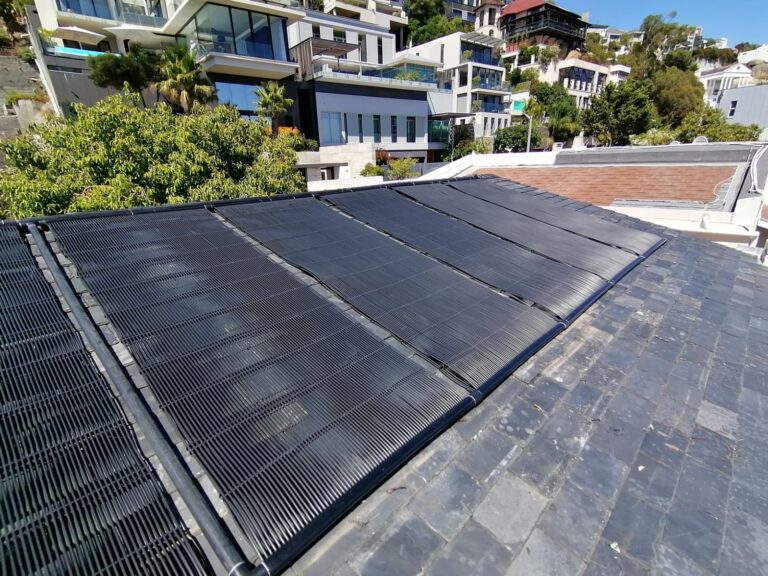Backwash System
A backwash system is used primarily in filtration systems to clean and maintain the efficiency of filters, often in applications like water treatment, swimming pools, or industrial processes. The system operates by reversing the flow of water through a filter to flush out trapped debris, contaminants, or sediment that may have accumulated during regular filtration.
How It Works:
- Normal Filtration: During normal operation, water flows through the filter, trapping particles, sediments, and impurities.
- Backwash Process:
- When the filter becomes clogged, the backwash system is activated.
- Water flows in the reverse direction through the filter, lifting and loosening the trapped particles.
- This reversed flow pushes the debris out of the filter and into a waste drainage system.
- Rinse: After backwashing, a rinse cycle often occurs to remove any remaining particles before the filter returns to normal filtration.
Types of Backwash Systems:
- Manual Backwash Systems: Require the operator to initiate the backwash process.
- Automatic Backwash Systems: Operate on timers or pressure differential sensors that trigger the backwash cycle when needed.
Benefits of Backwash Systems:
- Improved Efficiency: Helps maintain filter performance by preventing clogging.
- Reduced Maintenance Costs: Extends the lifespan of filters and reduces the frequency of manual cleaning.
- Cleaner Water: Ensures the continued removal of contaminants from the filtered liquid.
Backwash systems are crucial for maintaining high filtration standards and ensuring the longevity of filtering equipment.



